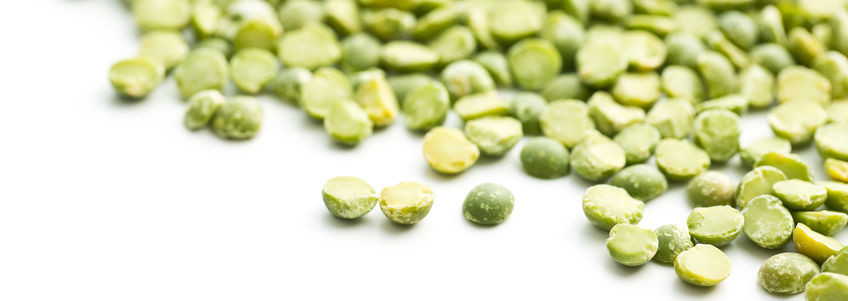
Plant protein in food and baking has been building steam. It’s appealing for consumers who care about their health, the welfare of animals, the environment, and sustainability. Now, new innovations and products are making them even more mainstream. According to a 2018 survey, around 70% of individuals surveyed indicated that protein from plant sources was healthy, while 40% of individuals who thought animal protein was healthy.
So what new breakthroughs are food scientists having with plant proteins in baking? Here are a few highlights from the SHIFT20 Research Showcase Poster Competition finalists.
Emulsification Properties of Oat Protein Modified by High-Intensity Ultrasound Treatment
By Runnan Li and Youling L. Xiong from University of Kentucky
While oat protein has high nutritional quality and bioactivity compared to other cereal proteins, it’s low solubility gives it low functionality in food formulation. High-intensity ultrasound (HIU) treatment has been used before to improve the physicochemical properties and functionalities of other plant proteins.
Li and Xiong’s research found that “Ultrasound significantly improved OPI solubility at pH above 5.0 (up to 58.8%).” This could help with the adsorption of the protein molecule, improving emulsification properties for this ingredient.
Improving Pea Protein Functional Properties Through Aylation and Guar Gum Conjugation
By Yanting Shen and Yonghui Li from Kansas State University
As interest in plant protein grows, so does the need for more diverse and functional sources. The study looked specifically at improving pea protein functionality with acylation or/and conjugation with guar gum, looking at the characteristics of modified proteins.
The research showed that both conjugated and acylated pea proteins significantly improved oil holding capacity, acylated pea protein also had greater water holding capacity, and emulsification and stability improved as well.
About Dairy and Plant Proteins and their Covalent Interaction with Flavor
By Vaidhyanathan Anantharamkrishnan and Gary Reineccius, Ph.D. from University of Minnesota
Products high in protein may be healthy, but flavor can be an issue—either the quality or shelf life. There has been decades of research into temporary interactions between flavor and proteins, but this looks into the permanent interaction.
Anantharamkrishnan and Reineccius’ research confirmed there are covalent bonds being formed between flavor compounds and model protein. After a flavor reaction, new masses correspond to different numbers of flavor molecules that reacted with proteins. This increased over time for flavor compounds that had functional groups like aldehydes and sulfur. This will help with understanding the conditions where flavor compounds will covalently bond with protein.

